
|
|
|
| synonym |
Melanoliarus chuliotus |
| description |
A small species for the genus, adult males are 3.8-4.9 mm long. The vertex and mesonotum are a medium brown to blackish color, and the mesonotal carinae vary from being concolorous to contrastingly orange. The vertex varies in length from moderatly narrow to moderately broad. The face is various shades of brown. The wings are nearly immaculate , with most specimens having only slight brown at the apical crossveins; other specimens have the membranes of the basal half of the wings moderately brown while others have the entire wings slightly dusky, in addition to the brownish apical crossveins. (Mead & Kramer, 1982) |
| distribution |
Eastern United States (UDEL) |
| abundance |
Has been recorded from the mountains and coastal plain. |
| seasonal_occurrence | |
| habitat |
Limited habitat information, but possibly inhabits mesic locales. (Mead & Kramer, 1982) |
| plant associates |
Adults have been taken on Quercus laevis and cane (Arundinaria sp.) (Mead & Kramer, 1982)
"Nymphs of cixiids are subterranean, feeding on roots and possibly fungi. The significance of adult host records is unclear. Many cixiids are presumed to be polyphagous (as adults), most often on woody plants." (UDEL) |
| behavior |
Can be attracted at night with a light. |
| comments |
This may be the most difficult genus of planthoppers, perhaps even hoppers to identify in North Carolina. A specimen currently needs to be dissected for M. chuliotus in order to determine an ID. Melanoliarus chuliotus resembles M. sablensis so much that the two can only be distinguished by looking for the presence (sablensis) or absence of an apical process on the flagellum (Mead & Kramer, 1982); these two species, along with M. ecologus, are visually very similar. |
status |
[Native:]
[Introduced:]
[Extirpated:] | | list_type |
[Official:]
[Provisional:] |
| adult_id | Unmistakable and widely known Identifiable from good quality photos of unworn specimens
Identifiable from photos showing undersides, or other specialized views [e.g., legs, face]
Identifiable only by close inspection of structural features or by DNA analysis NULL |
| nymph_id | Unmistakable and widely known Identifiable from good quality photos, especially where associated with known host plants
Identifiable from close inspection of specimens or by DNA analysis
Identifiable only through rearing to adulthood NULL |
| G_rank |
|
| S_rank |
|
| rank_comments |
|
| tribe |
Pentastirini |
| subgenus |
|
Species Photo Gallery for Bifoliarus chuliotus No Common Name |
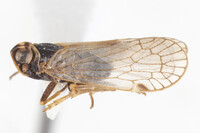 | Photo by: C.R. Bartlett
Out Of State Co.
Comment: UDCC_TCN 00003008rncoll. C.R. Bartlett et. al.rndet. C.R. Bartlett | 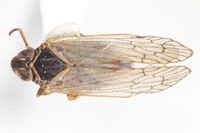 | Photo by: C.R. Bartlett
Out Of State Co.
Comment: UDCC_TCN 00003008rncoll. C.R. Bartlett et. al.rndet. C.R. Bartlett |
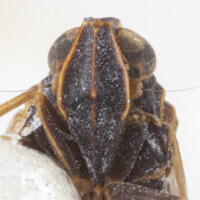 | Photo by: C.R. Bartlett
Out Of State Co.
Comment: UDCC_TCN 00003008rncoll. C.R. Bartlett et. al.rndet. C.R. Bartlett |

 »
»
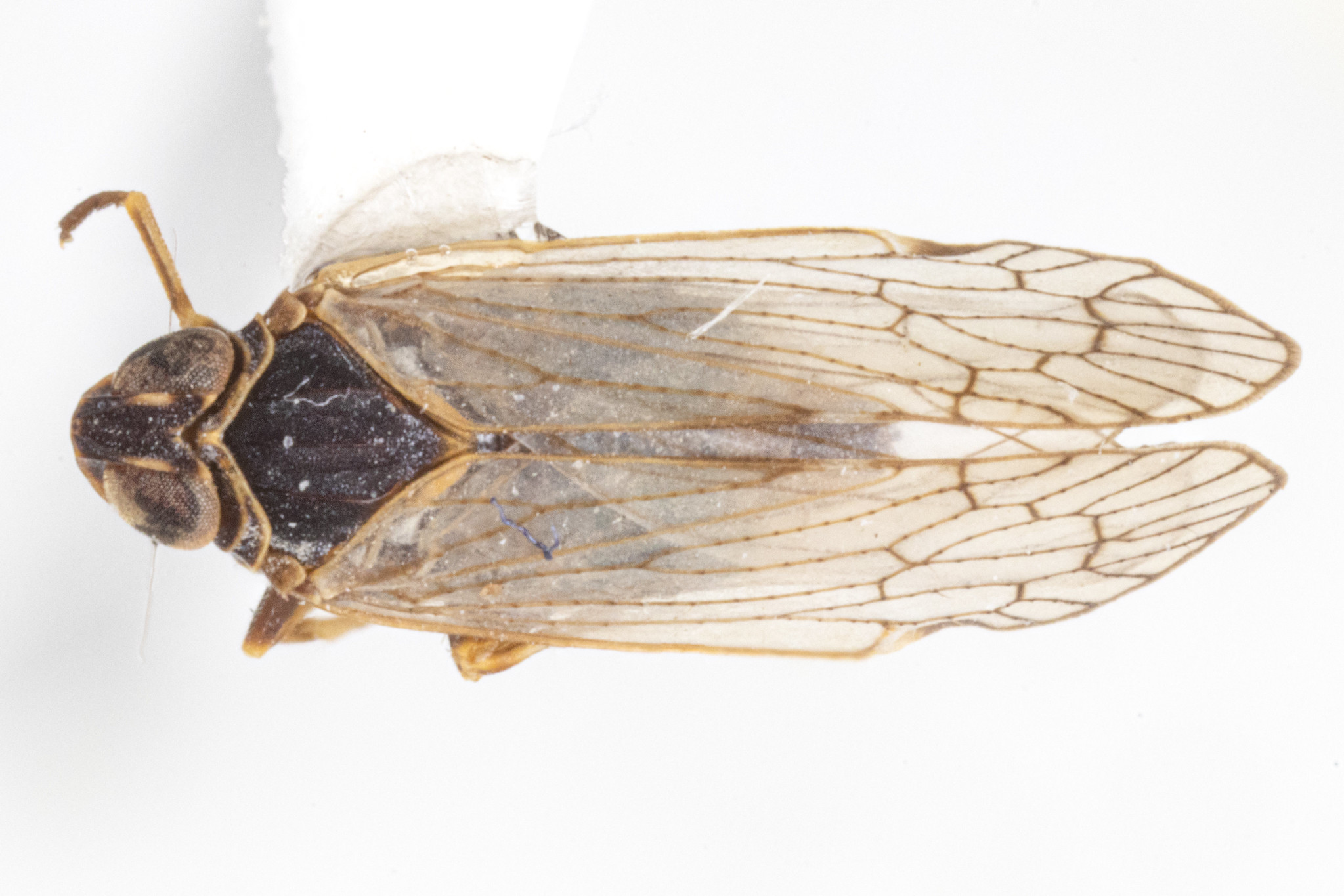
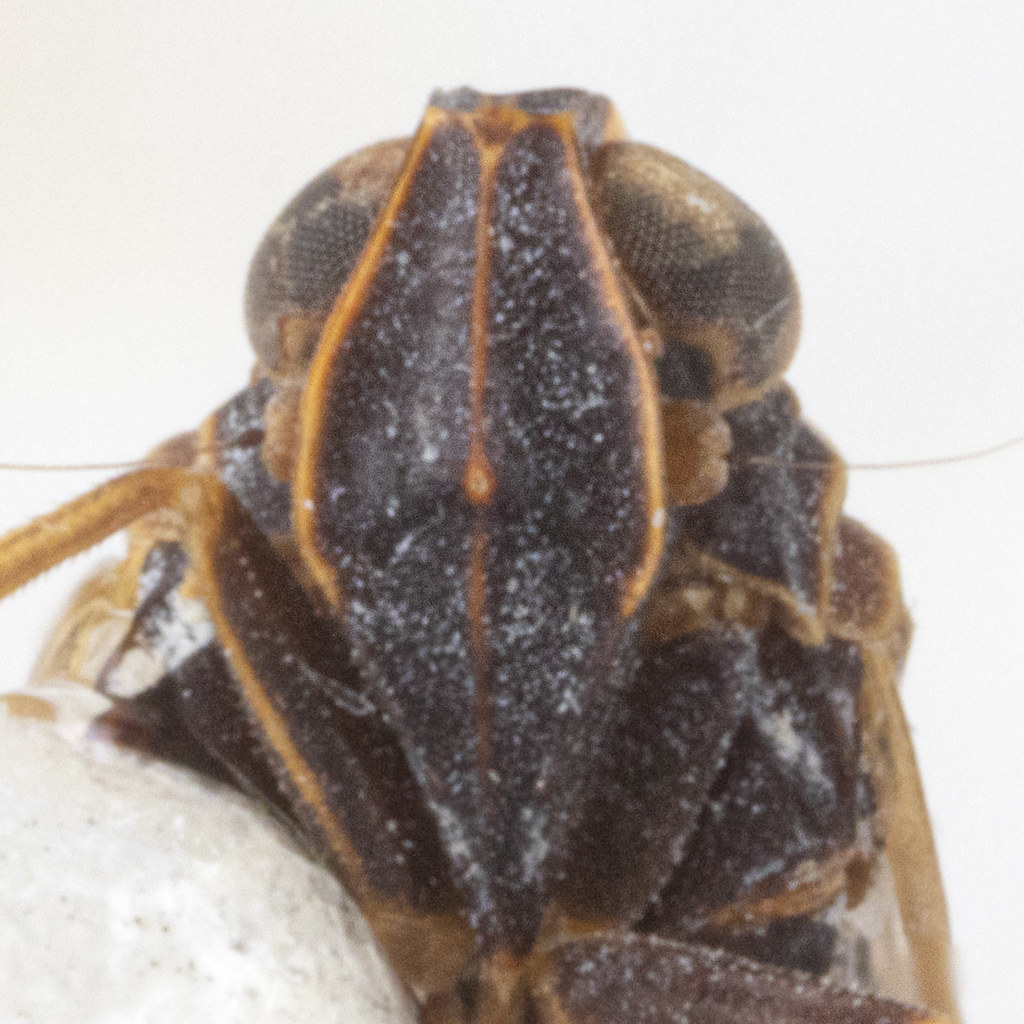

 »
»

